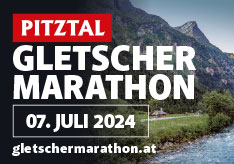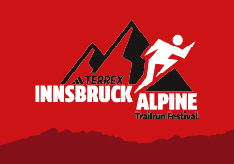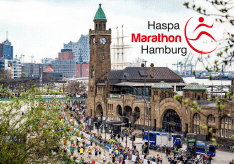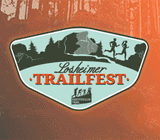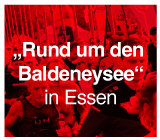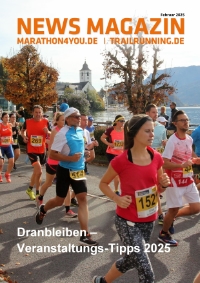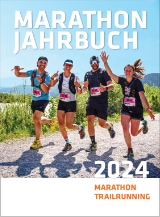marathon4you.de
Nothing is impossible (english Version)
Forerunner of comics
Kilometer 26. On the other side of the road is the district of Akihabara, which is also known as the electric mile. But there's not just technical stuff to be found here, it is also the Manga district. Manga means cartoon/comics. Mangas are known to us too. But, that the Manga was first published in 1814 under that name, few know. So many masterpieces found their way over to Europe and Japan and inspired painters such as Paul Gauguin and Vincent van Gogh.
In the distance you can see the Thunder Gate with its huge lanterns. It is a tourist attraction. Behind it lies the Drosselgasse which is also known in the area of the Rhein. The gate is flanked by two grim looking protective Gods. The God of wind, and the God of thunder. Since our arrival, the God of wind has already shown its presence and the God of thunder has so far spared us.
I've arrived at the district Asakusa and the atmosphere is tremendous. I stand for a moment absorbing my surroundings. This district is like no other. Here there are many buildings from the 50s and 60s, including a few traditional Ryokan. The oldest and most significant Buddhist temple of Sensō-ji and the Tokyo's Asakusa Shrine are in the immediate vicinity. Thousands of worshipers visit here every year. The never ending stream of runners now takes a u-turn and heads back in the direction of Ginza. I can see the recently built Sky Tokyo Tree, with its 634 meters it is the second tallest tower in the world. The side streets boast whole forests of electricity and telephone poles. My feet are tired, but I'm having fun. Stop? No way!
At kilometer 29 we run over a railway bridge over the Sumida River. It is hard to imagine that over 550 years ago only a few houses and a castle stood here. Edo, as the city was then named, first appeared in the history books in the 12th Century. It is said that at that time, a man built a fortified house near the Hirakawa and Suminda estuaries. He called the place and his family Edo. The actual foundation year of the modern metropolis is 1457. Not far from here is also Ryōgoku Kokugikan where every January, May and September the sumo tournaments take place. Also close by, the Kyu-Yasuda-Teien, a famous Japanese garden, and the Edo Tokyo Museum.
Everywhere it smells different! The glassed high rises reflect the city's skyline. I feel like a ball in a pachinko gaming house slot machine. All around blinking and flashing. One moment here, one moment there and sometimes the ball just gets stuck. At kilometer 30 and onwards it seems as though the entire population of Tokyo is out on its feet bringing with them sweets and drinks which they share with the runners. At kilometer 35, on the Irigune-bashi Bridge, Japanese women entertain us with their drums, striking the perfect running rhythm.
First we meet Frank and then Michael
" .... and where did you come from?” I've just come from a 3 week bike tour through Vietnam”. I recognized his running top with the words “Fire Department Hannover”. We met Michael in 2009 during a running holiday in Antarctica and here we meet up again surrounded by thousands of Japanese. What a small world. We had tried to meet up with Frank in Germany and also in Mallorca, but it never happened. And now, half way around the world, in Tokyo, we finally make it happen.
Now we are in the famous fish market district of Tsukiji. The historical roots reach as far back as the 16th Century, when the Shōgun Tokugawa Ieyasu brought fishermen from Osaka to Edo, to supply his farm with fish. Today 1600 street traders sell approximately 2.2 million kilograms of fish per day. Some of them monstrosities which should have been better left at the bottom of the sea! We see the legendary puffer fish, the deadliest of all edible fish. We only see it in the form of lampshades at some of the fish monger stalls. When the sun rises, the day’s business has already been taken care of.
At km 38 we encounter the first of three bridges. Over and over I am spoken to in German. The German language and culture is still very popular in Japan. This time, I’m spoken to by a man in a Telekom team jersey. He told me that he had lived in Düsseldorf. In the scientific field more than 200 cooperation agreements exist between German and Japanese universities. Germany is currently home to more than 30.000 Japanese, over 7,000 alone in Düsseldorf. The city on the Rhine is the third largest “Japanese city in Europe” behind London and Paris.
The spectators are awesome and constantly call out “omedeto gozaimasu!”, “congratulations”.
The rise of the bridges is starting to take its toll on some of the runners. I am happy that my muscles have something else to do. We run over the 600 meter long Harumi bridge. This bridge, is built like all the other modern buildings and bridges in Tokyo to withstand earthquakes. When an earth quake hits, and the buildings and bridges sway, life continues on the ground and in the air. Even in Tokyo’s Disneyland, rides automatically stop when the ground quakes, but after a short time continue. At nearly every street corner there are fire extinguishers and large conspicuous signs to draw attention to them. This also explains the tangle of electrical wires above ground that can be quickly repaired after an earthquake. It takes 16 minutes to ride in one of the world’s largest Ferris wheels which I can see in the far distance. We are going to try it out tomorrow. 40 very exciting kilometers lie behind me and I am moved at the thought that I am running here. This amazing district built on the rubble of earthquake Kantō.
The finish line
Sitting on the not quite so packed grandstand at the Tokyo Big Sight are some of the officials from this morning in their dark suits, their clapping restrained. As always after long runs, my legs hurt and my head is buzzing. I see happy faces of runners receiving their medals. Nobody has to freeze here at the finish line. Nimble hands cover the shoulders of the exhausted and sweaty finishers with large terry towels. This beautiful towel will impress all the club members back home. To run here literally means a mega-city experience and no matter where you are, you're always in the middle. This becomes evident when I go to pick up my clothes bag. It felt like I had come in with the first runners and that hardly anybody had picked up their after race bag from the reception. That was until I made my way to the changing rooms. There are no showers and every tiny spot is taken up by people desperately trying to get dressed or stretch. People exchange stories whilst taking foot baths and others enjoy a massage.
Still intoxicated by the day’s events I can’t wait to meet up with Kay at the family meeting point, because, only when we are together, are we a team. Long before the official 7 hours are up, Jesus crosses the line. He looks at me with a smile on his face. A marathon is more than just a 42 kilometer run. Perfection is a leitmotif of the Japanese culture: perfect weather, perfect helpers with perfect manners, a perfect first aid concept, perfect rules and regulations, perfect supporters and to say it all, perfect organization. Maybe that is also the reason why more than 95% of the runners make it to the finish line.
We want to make use of the dazzling lights of Tokyo to take a finisher photo. We make our way up to the 58th floor of the 250 meter above sea level Mori Tower. Here we step out onto the observation deck and are captured by the brilliant night sky and twinkling stars above the artificiality of the incredible city of Tokyo. As the cold wind whistles around our ears, we are engulfed by a feeling of well being: that feeling you get when you are really happy. We are surely blessed to be here.
The statue of liberty in Tokyo and marriage in a mall
In 1902 the first car was imported into Japan, but the population preferred to ride in a Rikscha. The first Economic miracle, with which Japan was surprised by, was the rapid development of the auto industry. The first produced car in Japan was a Nissan. For our day trip a rental car is out of the question: We do not have a translated and certified driver's license, the highways are subject to toll fees, not all traffic signs are bilingual, there is no parking and here you drive on the left. For many people in Tokyo to own a car is not possible because before you can register a car, you must first prove that you have a parking space for it. The beautifully kept streets belong to taxis, busses and trucks. Every bumper here is so polished, that I can see my own reflection in them. The majority of people here travel by rail, in some form or another, and even here everything is spotless.
We want to cross the rainbow bridge by foot. The walk across takes about 30 to 45 minutes and offers a spectacular view of the harbor. The rainbow bridge joins Tokyo with the youngest district, the artificial built island of Odaiba. It was initially built for defensive purposes in the 1850s, dramatically expanded during the late 20th century as a seaport district, and has developed since the 1990s as a major commercial, residential and leisure area. This spot is not just popular because of its beaches in the summer, but also when its only 4 degrees to shoot advertising photos on surf boards! A few hundred meters further along, one gets the impression you are in the wrong city because there, stretching her torch into the sky is the statue of liberty. Ok, not quite as big as the original in New York, but still impressive.
In Japan the color white stands for death. But not for weddings! Weddings are generally celebrated in the Christian manner, even though everything is a fake, from the priest to the Amen. The so called “church” is on the 4th floor of a department store, passing cute little puppies peering out of display cabinets, waiting to be taken home for €4,000. These are the first dogs I’ve seen since I’ve been here. I wonder what happens to them when they become too old to look so cute. One floor up and we find a bike shop. This is something you can’t buy back home, pink inner tubes with matching pink bike chains. What a shame this color clashes with my yellow bike! If you want to try something on, you must first take your shoes off and wear the slippers provided.
Bildstrecke17
Then there’s the historical museum which happens to be a shop for model cars. Prior to the wedding you can hand your kids over to the nursery. At least the marriage in the fake church has a bonus of a great view of the rainbow bridge and of the skyline of Tokyo. But, nothing is more reminiscent of the commercial bustle behind the closed door.





 Tokio Marathon
Tokio Marathon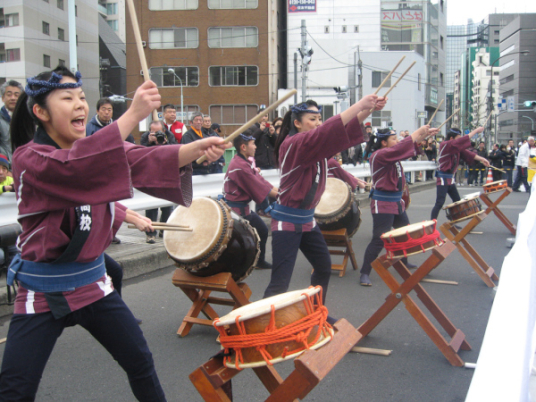

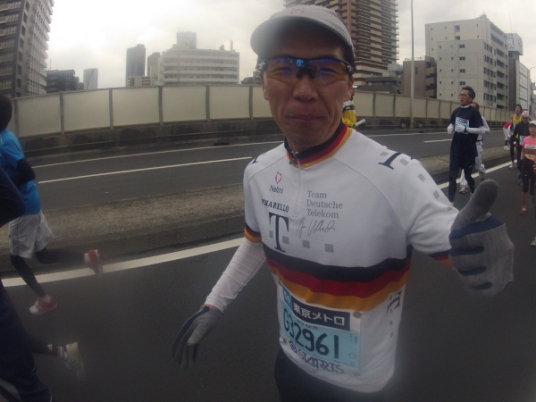
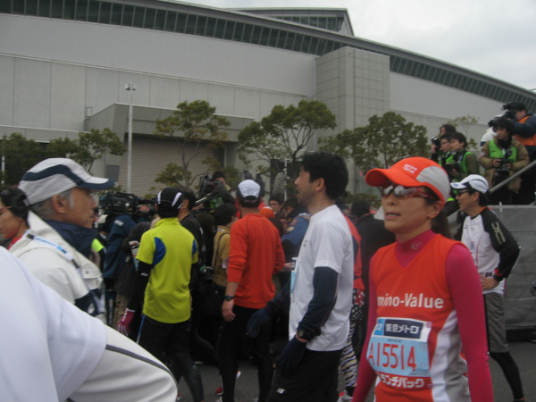
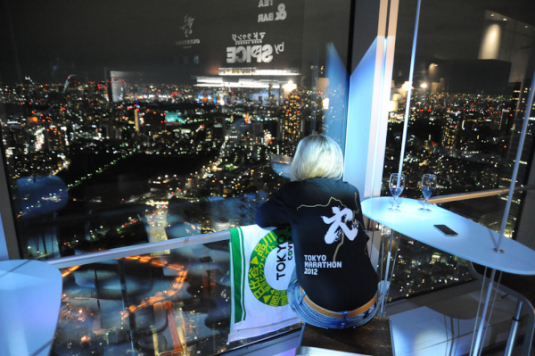
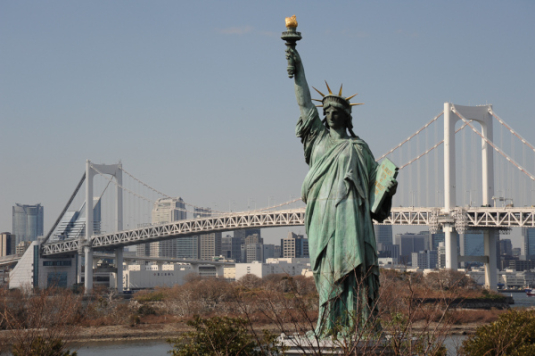
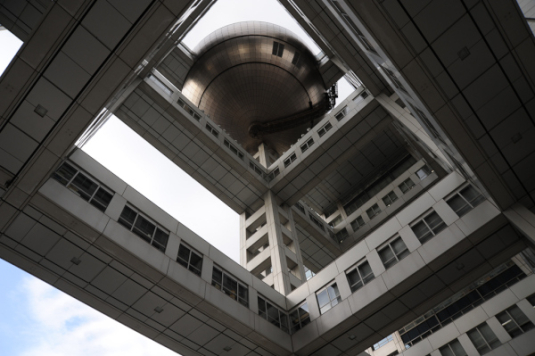




 zur�ck zur �bersicht
zur�ck zur �bersicht